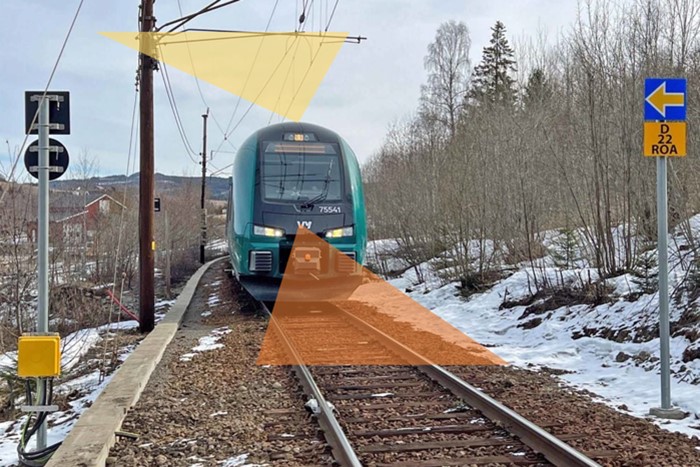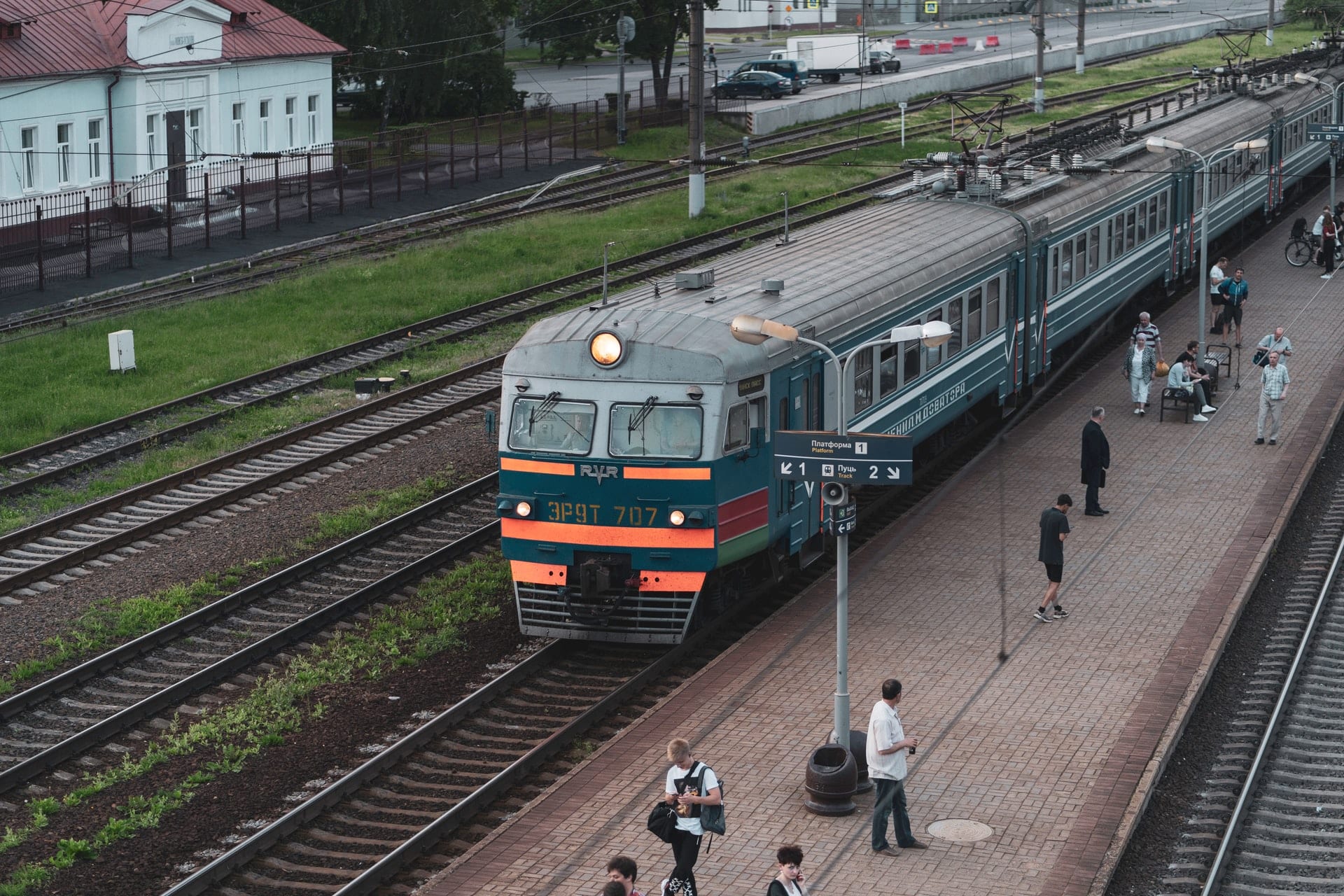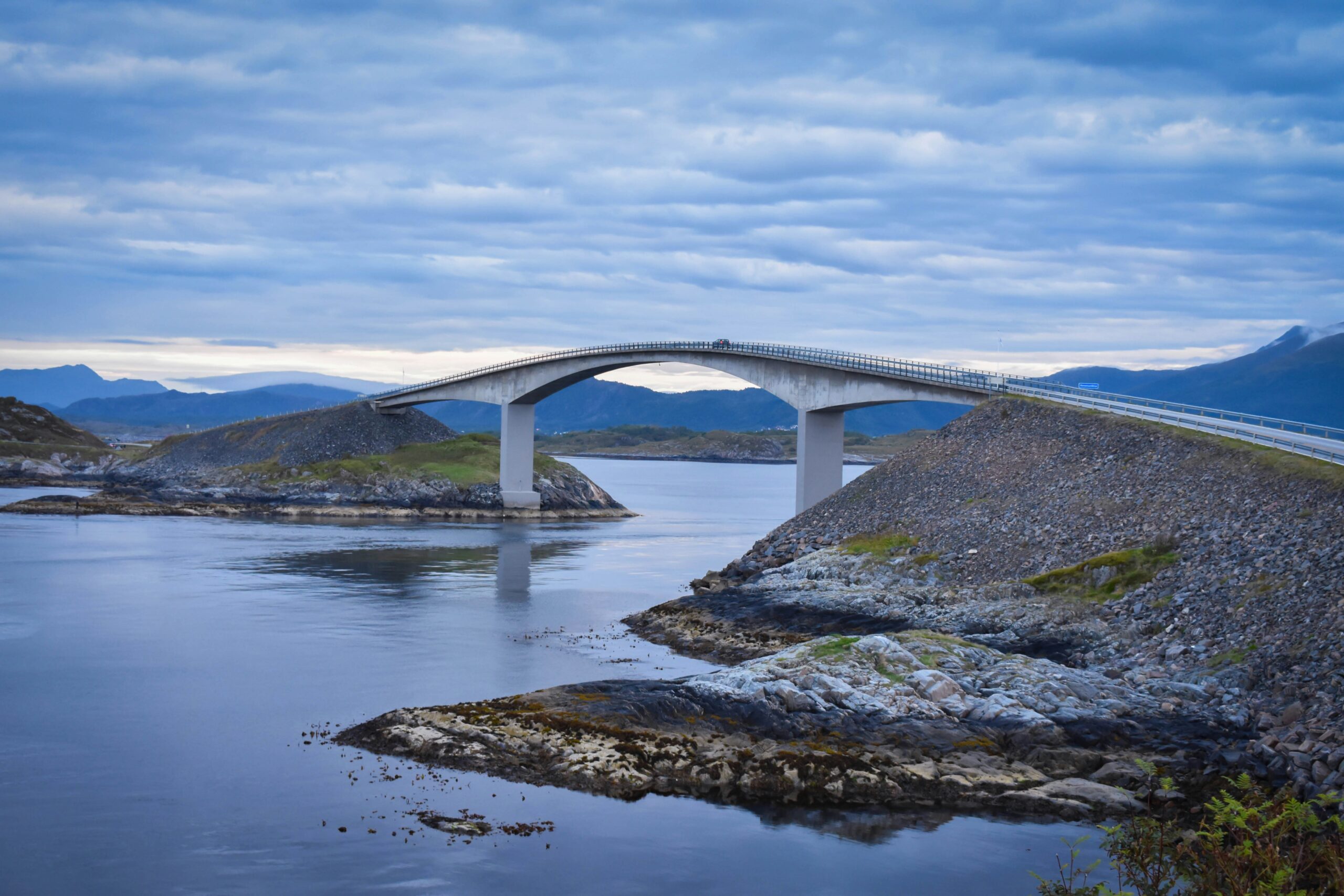Infrastructure inspection
- Department BAMJO
- Fields involved Earth observation, Image analysis
Infrastructural integrity is one of the cornerstones of a well-functioning, modern society. Inspection and subsequent maintenance processes of buildings, bridges, roads and railways are crucial in order to secure structural soundness, thereby extending the expected lifespan of different infrastructures. NR has extensive experience developing solutions for infrastructure inspection. We use methods for automatic analysis of images taken from drones, trains and aircraft to detect various types of faults on infrastructure.
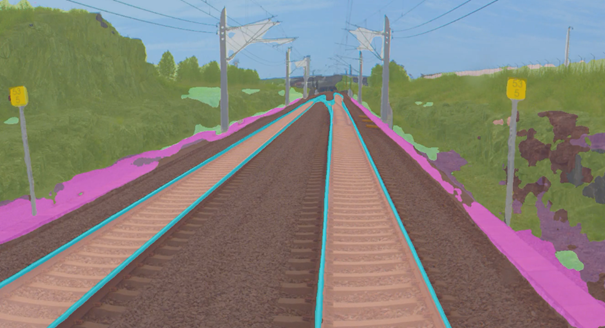
Image analysis and deep learning
Traditional methods involve manual assessments by personnel, who inspect each part of the infrastructure in person. This process is time-consuming and costly, particularly due to the increasing number of aging infrastructures.
Automation provides an efficient solution to the problem. The fusion of drones, trains, and other vehicles equipped with sensors and recent advancements in image analysis have extended the possibilities for inspection. Drones can access parts of the infrastructure that would typically require staff, climbing equipment and scaffolding. Utilising comprehensive image capture and modern AI techniques for analysis, inspection can now be completed without a person being physically present. Not only can this save time and money, but it also reduces the risk of work-related injuries significantly.
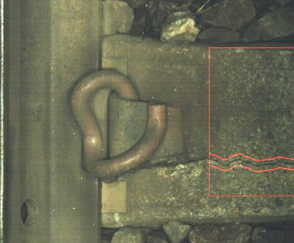
Detecting specific infrastructural faults
We train deep neural networks to detect specific faults like rust or cracks in concrete structures, pipelines and pipe racks, or missing bolts on the railway. In order to do this, we apply state-of-the-art deep learning models for image classification, object detection and semantic segmentation. In addition, we develop detection methods for unspecified changes or anomalies in the data, enabling users to use automated methods to screen large numbers of images before performing manual investigations of selected subsets.
A notable challenge can be the availability of labelled training data. In these situations we leverage modern deep learning techniques, such as self-supervised learning, to train models that are more adaptable using less data.
Collaborative research and tailored solutions
NR conducts industrial research in collaboration with numerous infrastructure owners, service providers and drone operators, and develops image analysis algorithms specifically for inspection of infrastructure. We work closely with our partners to identify which parts of the inspection process can benefit the most from our software, and develop various analytical methods for inspection purposes, including colour infrared and depth images, as well as 3D point-cloud data.
We are dedicated to staying at the scientific forefront of our field, and continuously explore new methods to solve the most difficult challenges faced by our partners and clients.
To learn more about infrastructure inspection at NR, please contact:
Partners and clients:
- Bane NOR
- The European Commission
- Orbiton AS (now part of Norse Asset Solutions)
- The Research Council of Norway


